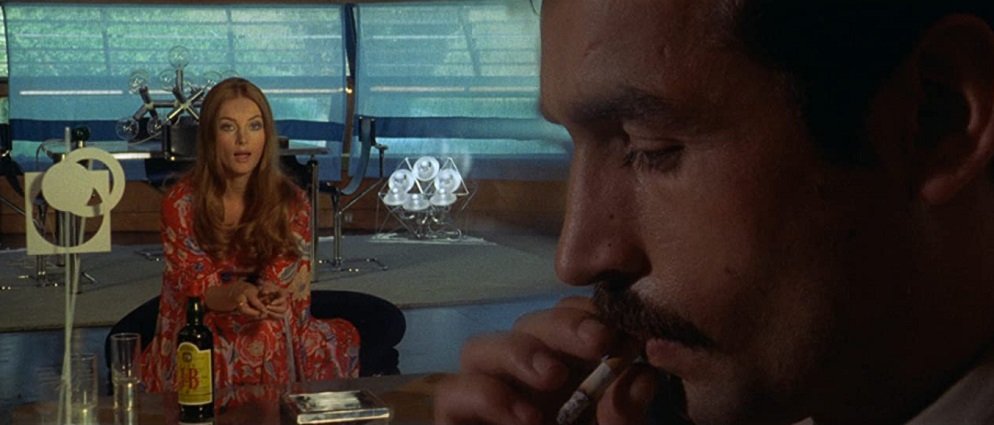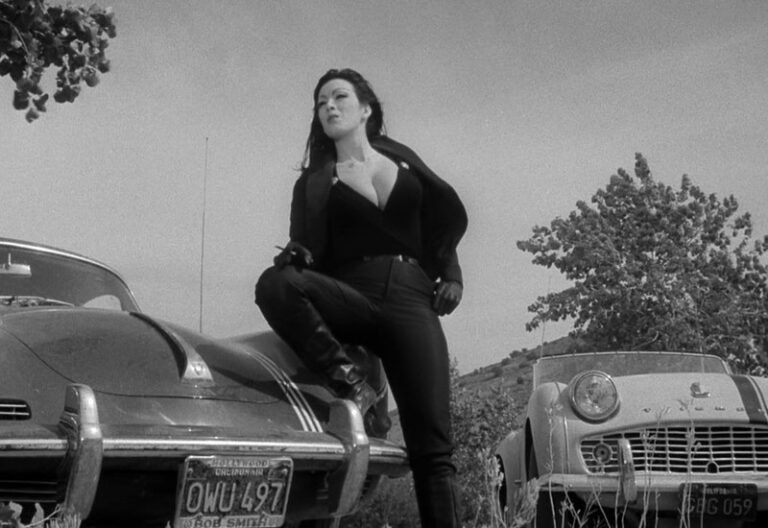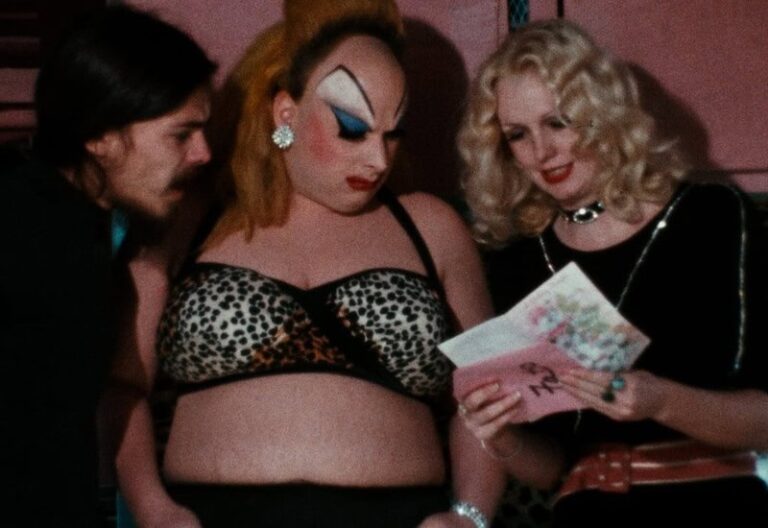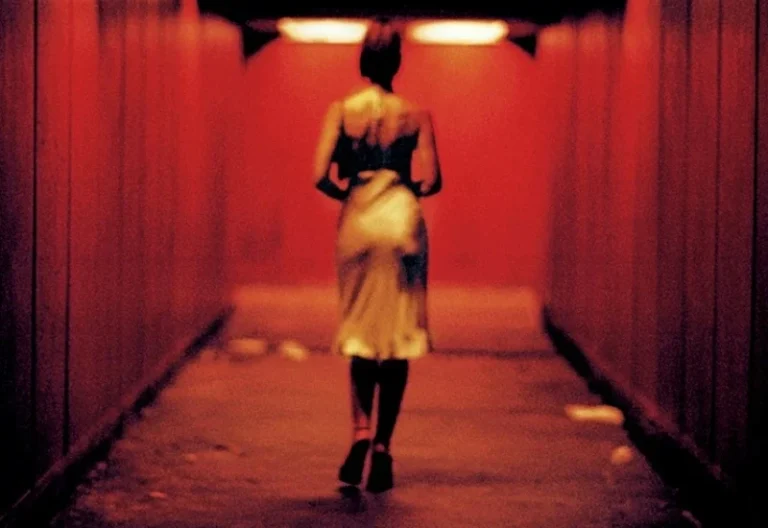what is giallo film?
Giallo is a subgenre of horror-thriller films that started in Italy, and its characterized by unique blend of murder mysteries, psychological horror, eroticism, and stylized violence. The term “giallo” (Italian for “yellow”) originally referred to a series of pulp crime novels with yellow covers that were popular in Italy in the early 20th century. These novels were filled with sensationalist content, involving crime, murder, and psychological intrigue. As Italian filmmakers brought these elements to the big screen, they shaped what would become known as the Giallo film genre.
Published by: CinemaWaves Team | Filed Under: Film Blog
The Origins of Giallo Cinema (1960s-1970s)
The Giallo genre began to take shape in the 1960s, primarily through the works of director Mario Bava. Bava is considered the pioneer of Giallo cinema, and his 1963 film “The Girl Who Knew Too Much” is widely regarded as one of the earliest Giallo films. Bava followed it up with “Blood and Black Lace” (1964), which established many of the visual and thematic tropes that would become synonymous with the genre.
The genre truly flourished in the late 1960s and 1970s, as directors like Dario Argento, Lucio Fulci, and Sergio Martino brought Giallo to international attention. Dario Argento’s “The Bird with the Crystal Plumage” (1970) is credited with solidifying the formula for Giallo films, combining a detective story with shocking violence, mystery, and psychological suspense.
The Golden Age of
Giallo Film (1970s)
During the 1970s, Giallo cinema reached its zenith. Directors like Argento continued to push the boundaries of the genre, focusing on elaborate murder sequences, surreal narratives, and striking visuals. The genre became more stylized, with increased attention to set design, lighting, and soundtrack. Ennio Morricone and Goblin were two composers whose work became inextricably linked with Giallo, using music to heighten tension and suspense.
While Giallo began as a genre that primarily borrowed from American and British crime thrillers, it developed its own distinct identity in the 1970s. It introduced a sense of eroticism and psychological complexity, blurring the lines between the real and the surreal.

Key Characteristics
of Giallo Cinema
Stylized Violence and Elaborate Kill Scenes: One of the most recognizable aspects of Giallo is the use of stylized, highly choreographed murder sequences. These scenes usually involve a masked killer who stalks and brutally murders their victims in intricate and shocking ways.
Mysterious Protagonists and Investigations: Films often center around a protagonist who is drawn into a murder mystery, either as a witness or investigator. The protagonist is usually psychologically complex or haunted by past trauma.
Masked or Gloved Killer: A common trope in Giallo films is the anonymous killer, often masked, whose identity is hidden until the film’s conclusion. These killers are depicted as calculated and precise, with the “unmasking” serving as a climactic reveal.
Eroticism and Sexual Tension: Giallo films feature a blend of violence and eroticism, creating a heightened sense of danger and taboo. Female characters, in particular, are frequently portrayed as both victims and symbols of desire, with their roles shifting between the two throughout the narrative.
Striking Visual Style and Soundtrack: These films are renowned for their visual aesthetics, with directors making extensive use of color, lighting, and avant-garde cinematography. The use of red, blue, and green lighting, as well as shadows and reflections, creates an otherworldly, dreamlike quality. In addition, the genre is closely associated with atmospheric and experimental soundtracks.

Famous Giallo Films
“Blood and Black Lace” (1964) by Mario Bava: As one of the earliest Giallo films, it set the stage for the genre’s emphasis on style and visual composition. The film’s focus on a series of brutal murders in a fashion house is a blueprint for the slasher films that would follow.
“The Bird with the Crystal Plumage” (1970) by Dario Argento: Considered the quintessential Giallo film, Argento’s directorial debut features an American writer caught up in a murder investigation while in Rome. This film set the standard for many Giallo tropes, including a complex mystery, stylized violence, and Argento’s signature visual flair.
“The Three Mothers Trilogy” by Dario Argento: A supernatural-horror trilogy which includes “Suspiria” (1977), “Inferno” (1980), and “The Mother of Tears” (2007). While blending supernatural elements with Giallo, these films stand out for their nightmarish atmosphere, vivid color palettes, and eerie scores. Suspiria in particular is a cult classic, known for its surreal visuals and unsettling story about a coven of witches.
“Don’t Torture a Duckling” (1972) by Lucio Fulci: Set in a rural village, the film combines Giallo’s typical murder-mystery elements with Fulci’s penchant for grotesque and unsettling visuals. The film also comments on the tensions between modernity and tradition in Italy.
“Deep Red” (1975) by Dario Argento: Known as Profondo Rosso, is it widely regarded as another of Argento’s masterpieces. The film follows a musician who witnesses a murder and becomes embroiled in a web of mystery and terror. Its use of color, camera work, and music by Goblin remains iconic within the genre.
“Tenebrae” (1982) by Dario Argento: One of Argento’s later Giallo films, Tenebrae follows an American author whose latest thriller seems to inspire a series of gruesome murders. This meta-narrative offers both a critique and celebration of the genre’s conventions, making it a standout entry.
Decline and Revival (1980s-Present)
By the late 1970s and early 1980s, Giallo began to decline in popularity as Italian horror cinema shifted toward the more graphic and supernatural films that Lucio Fulci and others were producing. However, Giallo did not entirely disappear. Directors like Argento continued to make films within the genre, albeit with diminishing success.
In recent years, Giallo has experienced something of a revival, with contemporary filmmakers revisiting its visual and narrative style. Directors such as Nicolas Winding Refn, Peter Strickland, and even Quentin Tarantino have incorporated elements of Giallo into their works, helping to preserve the genre’s influence on modern cinema.
Refer to the main page for more educational insights on filmmaking and cinema history.
Exploitation films have long captivated the audiences with their bold and provocative themes, challenging societal norms and defying the conventions of mainstream cinema…
A cult film is a movie that builds a devoted following without achieving mainstream success or widespread critical praise at the time of its release. These films are…
Experimental film, referred to as avantgarde cinema, is a genre that defies traditional storytelling and filmmaking techniques. It explores the boundaries of the medium, prioritizing…
Cinema as an art form, has the unique ability to challenge societal norms, push the boundaries of storytelling and provoke intense emotions. One of the most striking…
Surrealist cinema originated in the 1920s as an extension of the broader Surrealist art movement, which itself grew out of the Dada movement that arose during and after World…
Mise en scène is a French term that means “placing on stage” and encompasses all the visual elements within a frame that contribute to the overall look and feel of a film…






